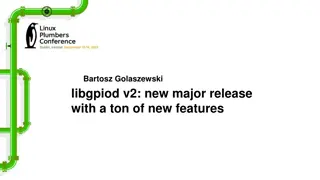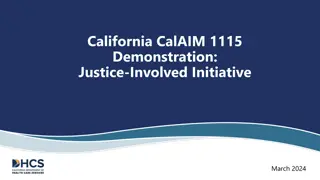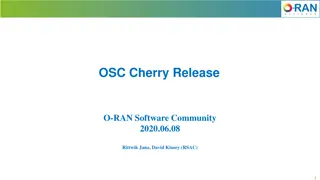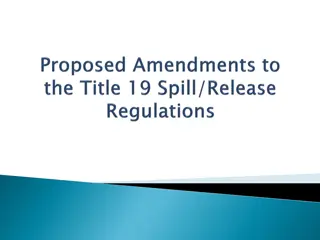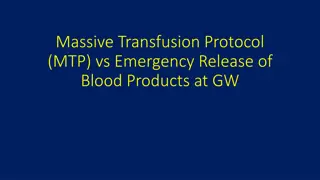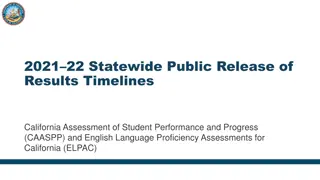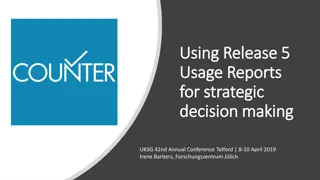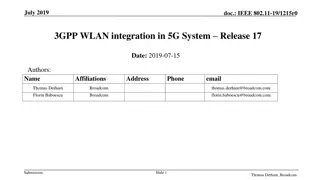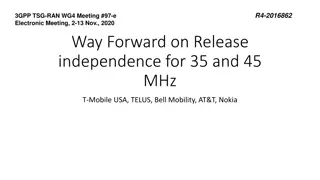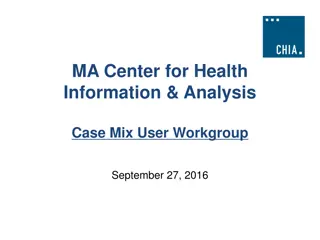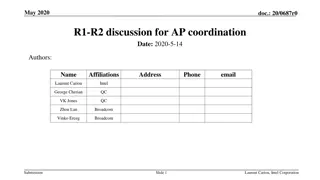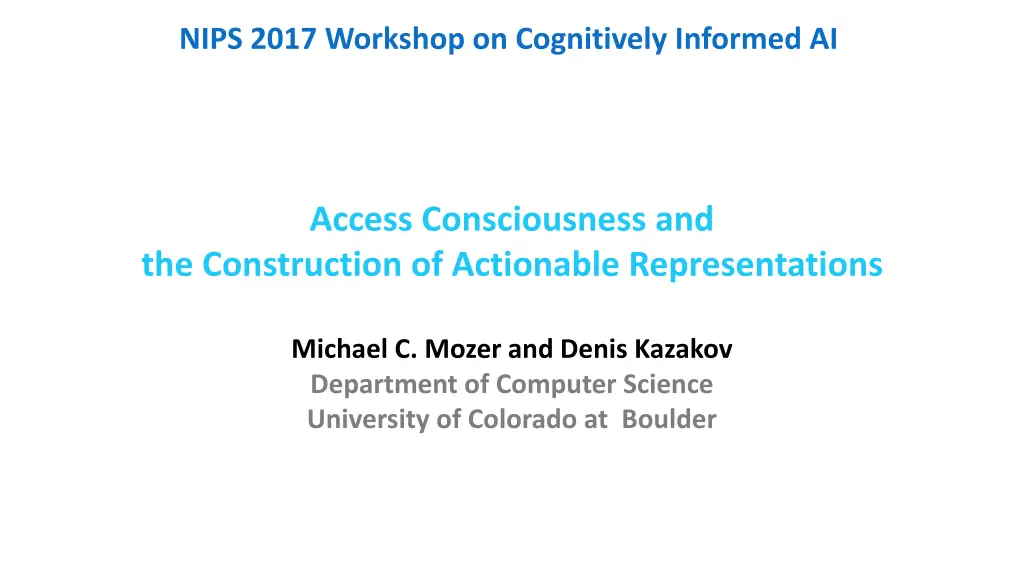
Cognitively Informed AI Workshops
Explore the fascinating realm of cognitively informed AI through workshops from NIPS 2017. Dive into topics like consciousness, semantic priming, lexical decision, and degrees of awareness of visual stimuli. Discover how conscious states are interpreted and delve into the mapping-projection architecture for understanding semantics and visual images.
Download Presentation

Please find below an Image/Link to download the presentation.
The content on the website is provided AS IS for your information and personal use only. It may not be sold, licensed, or shared on other websites without obtaining consent from the author. If you encounter any issues during the download, it is possible that the publisher has removed the file from their server.
You are allowed to download the files provided on this website for personal or commercial use, subject to the condition that they are used lawfully. All files are the property of their respective owners.
The content on the website is provided AS IS for your information and personal use only. It may not be sold, licensed, or shared on other websites without obtaining consent from the author.
E N D
Presentation Transcript
NIPS 2017 Workshop on Cognitively Informed AI Access Consciousness and the Construction of Actionable Representations Michael C. Mozer and Denis Kazakov Department of Computer Science University of Colorado at Boulder
Conscious States Are Interpretations awareness PALM activation hand tree time
Lexical Decision TREE TURE word nonword Measure response latency
Semantic Priming unrelated congruent prime LEAF AUTO TREE TREE target 550 ms 500 ms
Semantic Priming with Polysemous Words (Marcel, 1980) congruent incongruent unrelated LEAF HAND HAND PALM PALM AUTO TREE TREE TREE supraliminal 500 ms 550 ms 550 ms subliminal 500 ms 500 ms 550 ms
Semantic Priming with Polysemous Words (Marcel, 1980) sub- supra- liminal congruent incongruent unrelated liminal activation LEAF HAND HAND hand PALM PALM AUTO TREE TREE TREE tree supraliminal 500 ms 550 ms 550 ms time subliminal 500 ms 500 ms 550 ms Conscious states are interpretations
Mapping-Projection Architecture (Mathis & Mozer, 1995) Mapping semantics semantics quick and dirty attractor net Projection slow but accurate feedforward net converges on a meaningful state (interpretation) visual image visual image
lexical decision verbal naming detection semantics visual image
Degrees of Awareness of a Visual Stimulus (Allport, 1988) unconscious conscious reliable identification, guides action in flexible, arbitrary manner at chance on a presence/absence task reliable detection but at chance for identification above chance identification with low confidence
What sort of representation in output of pathway A will support appropriate behavior of pathway B? Sufficient condition on output from A B Pr(B correct) A persistence familiarity to B
Challenge: Sequential Operations result1 result2 result3 carry1 carry2 result1 result2 result3 carry1 carry2 hidden op1 op2 op3 op4 result1 result2 result3 carry1 carry2
State-Denoising RNNs In an RNN, feedback at each step can introduce noise Noise can amplify over time Suppose we could clean up the representation at each step to reduce that noise? May lead to better learning and generalization
State-Denoising RNNs within time step across time steps
Training Phase I training signal Freeze attractor weights Train all other weights with supervised signal
Training Phase II Train only attractor weights Saved hidden states as input with added noise training signal Goal: reconstruct noise-free input noise noise noise
Attractor Net ??= ? ??= ? ??? ?+ ? + ?? ?(?) ? model parameters To achieve attractor dynamics (Koiran, 1994): ? ???= ??? ??? ?
Parity Function 00101 -> 1 11011 -> 0 5 element sequences training on all 32 sequences 100 replications generic (tanh) RNN state-denoising RNN RNN + attractor net trained with pred. error training set accuracy 93.3% 97.8% 75.8% 2 sided paired t-test t(99)=3.42, p<.001 % successes 57 69 41
Majority Function 12 element binary sequences training on 64 random examples, testing on remaining tanh RNN generic (tanh) RNN state-denoising RNN RNN+attractor trained via prediction task test accuracy 86.5% 90.3% 82.4% 2 sided paired t-test t(99)=3.12, p=.0025 2 sided paired t-test t(99)=3.35 p=.0011
Reber Grammar Learning Reber grammar 200 training, 200 testing with 100 +, 100 negative examples formed by replacing single symbol in sequence sequences up to 15 elements long generic (tanh) RNN state-denoised RNN RNN+attractor trained via prediction task 80.8% test set accuracy 83.9% 87.7% 2 sided paired t-test t(99)=4.77, p<.00001 2 sided paired t-test t(99)=3.35, p=.001
Kazakov Grammar 400 training, 2000 testing sequences up to 20 elements long generic (tanh) RNN state-denoised RNN RNN+attractor trained via prediction task test set accuracy 76.8% 76.5% t(99) < 1
Wrap Up activation hand Consciousness is at the interface between subsymbolic and symbolic representations tree time Symbols are effective for communication between people (language) and internally in the mind? Some reason to hope this idea will improve information transmission in recurrent neural nets

